This document covers the requirements for the determination of design pressure and design temperature of the equipment like pressure vessels and piping that are used in petroleum refineries, petrochemical plants, and other similar plants.
The following summary of input data needs to be prepared prior to the determination of design conditions.
Operational data
- -Service for identification
- -Operating temperature & pressure under normal operation
- -Density of the fluid
- –Pressure drop of internals
- -Static head for vessel & lines
- -Differential pressure of pump at shut-off or design condition
- -Operating conditions other than normal operation such as start-up, upsets, shut-down, etc.
Construction data
- -Line class or general pressure-temperature rating of flanges
- -Elevation at the inlet and outlet of the piping system
- -Location of valves that cause shut-off conditions
Client Design Philosophy (As part of ITB)
Output data:
- -Design Pressure & Temperature for the vessels
- -Design Pressure & Temperature for the pump discharge lines
- -Short-term design condition, if required
- –Minimum design temperature
Design Pressure of Pressure Vessel:
The design pressure for the pressure vessel is determined in the following way,
- -Unless otherwise specified, this indicates gauge pressure. If design pressure<Atmospheric pressure, then absolute pressure may be used in place of gauge pressure.
- -Design pressure shall be based on the expected maximum pressure drop at the top of the vessel under normal operation.
- -When maximum pressure under normal operation can’t be estimated, the design pressure should be determined as per the table (Table 1) below.
- -When the vessel is venting to the atmosphere, the minimum design pressure shall be ‘’Full of Water’’ or “Full of Liquid” (whichever is greater).
- -When the vessel is connected to a flare, the minimum design pressure shall be 3.5 kg/cm2-g.
Design Pressure Estimation
| Operating Pressure | Design Pressure |
| The operating pressure is less than 18kg/cm2g | Design Pressure= operating pressure+1.8 kg/cm2g |
| Operating Pressure 18-40 kg/cm2g | Design Pressure= operating pressure x 1.1 |
| Operating pressure 40-80 kg/cm2g | Design Pressure= operating pressure+4 kg/cm2g |
| Operating pressure is greater than 80 kg/cm2g | Design pressure= operating pressure x 1.05 |
- -The design pressure should be indicated in the specification as “Design Pressure at Top”.
- -The maximum pressure at the bottom of the vessel is calculated by the mechanical design department to determine the wall thickness of the vessel.
- -It is thus necessary to represent the height and specific gravity of the liquid and also the pressure drop through the internals.
Example 1:
Operating Pressure Design Pressure
Pressure at the top (kg/cm2g) 2 3.8
Pressure drop (kg/cm2) 0.3 0.3
Bottom liquid head (kg/cm2g) 0.2 0.2
Pressure at the bottom (kg/cm2g) 2.5 4.3
As a practice, while a vacuum condition is likely to occur due to malfunction during steam purge or emergency shutdown of reboilers (all condensable vapor service), etc, the vessel should be designed to withstand full vacuum. If the vacuum design is an uneconomical solution, vacuum protection devices such as breather valves can be installed by employing vacuum design, keeping in mind the types, location, and response time of devices, flow rate, availability of inert gas is used as well as it should be ensured that the devices are functioning properly even under abnormal conditions.
When the vessel is located on the discharge side of the pumps and is not protected by relief devices, the design pressure shall be determined as the larger of the following criteria,
Design pressure= Differential pressure under normal flow rate + design pressure of suction vessel+ head between the tangential line of the suction vessel and the centerline of the pump impeller.
Design pressure= Pump shut off head +normal operating pressure of suction vessel+ head between the tangential line of the suction vessel and the centerline of the pump impeller. The pump shut-off head can be calculated as Maximum suction pressure + 1.25 x Normal differential pressure.
For the centrifugal compressor, the design pressure of the compressor discharge shall be at least equal to the specified relief valve setting, if the relief valve setting is not specified, the design pressure shall be at least 1.25 times the maximum specified discharge pressure (refer API RP 617). A safety valve must be used on the discharge of each stage of a reciprocating compressor to avoid possible damage to the machine from excessive pressure due to overloading.
Design Pressure of Heat Exchanger
The cause of the over-pressurization of the heat exchanger should be known before determining the design condition of the heat exchanger. The causes are as follows,
- -Blocked Inlet: Thermal expansion of cold side fluid
- -Blocked Inlet: Vaporization of cold side fluid
- -Blocked Outlet: Hot side or cold side
- -Internal Tube Failure: Low-pressure side
The below points are a measure for the protection of the heat exchanger due to over-pressurization,
- -Install a Pressure safety valve to limit over-pressure
- -Raise the design pressure to eliminate or mitigate one or more overpressure cases. For example, design the exchanger for pump shut-in pressure to eliminate the blocked outlet case or design the low-pressure side for ten-thirteen (10/13) of the design pressure of the high-pressure side to mitigate the tube failure case.
Equipment Design Pressure
The below table (Table 2) can be used to determine the design pressure of the vessel/columns/Reactors.
| Maximum Operating Pressure (PSIG) | Design Pressure (Standard) PSIG | Design Pressure (Fit-for-purpose) PSIG | Design Pressure (Revamp) PSIG |
| Full or partial vacuum | -0.3 | -0.3 | -0.3 |
| 0-35 | 50 | 50 | 50 |
| 36-100 | M.O.P+15 | M.O.P+15 | M.O.P+15 |
| 101-150 | M.O.P+25 | M.O.P+25 | M.O.P+25 |
| 151-250 | M.O.P+25 | M.O.P+25 | M.O.P+25 |
| 251-500 | 110% of M.O.P | 110% of M.O.P | 110% of M.O.P |
| 501-1000 | M.O.P+50 | M.O.P+50 | M.O.P+50 |
| >1000 | 105% of M.O.P | 105% of M.O.P | 105% of M.O.P |
The below table (Table 3) can be used to determine the design pressure of the casing & discharge piping of a compressor (ref API RP 617).
| Maximum Operating Pressure (PSIG) | Standard Design Pressure (PSIG) | Fit-for-purpose Design Pressure (PSIG) | Revamp Design Pressure (PSIG) |
| For centrifugal compressor | 125% of the maximum discharge pressure | 125% of the maximum discharge pressure | 125% of the maximum discharge pressure |
| Reciprocating Compressor | |||
| 0-150 | M.O.P+15 | M.O.P+15 | M.O.P+15 |
| 151-2500 | 110% of M.O.P | 110% of M.O.P | 110% of M.O.P |
| 2501-3500 | 108% of M.O.P | 108% of M.O.P | 108% of M.O.P |
| 3501-5000 | 106% of M.O.P | 106% of M.O.P | 106% of M.O.P |
| >500 | Note 1 | Note 1 | Note 1 |
Note 1: As per API RP 617, for a reciprocating compressor with a rated discharge pressure above 5000 PSIG, the relief valve setting shall be as agreed to by the purchaser and the vendor.
The below table (Table 4) can be used to determine the design pressure of the heat exchanger.
| Maximum Operating Pressure (PSIG) | Standard | Fit-for-purpose | Revamp |
| Full or partial vacuum | -0.2 | -0.3 | -0.3 |
| 0-35 | 75 | 50 | 50 |
| 36-50 | 75 | M.O.P+15 | M.O.P+15 |
| 51-150 | M.O.P+25 | – | – |
| 151-250 | M.O.P+25 | 110% of M.O.P | 110% of M.O.P |
| 251-500 | 110% of M.O.P | 110% of M.O.P | 110% of M.O.P |
| 501-1000 | M.O.P+50 | M.O.P+50 | M.O.P+50 |
| >1000 | 105% of M.O.P | 105% of M.O.P | 105% of M.O.P |
The below table (Table 5) can be used to determine the design pressure of the fire heater
| Maximum Operating Pressure (PSIG) | Standard | Fit-for-purpose | Revamp |
| Full or partial vacuum | -0.1 | -0.1 | -0.3 |
| 0-135 | 150 | 150 | 110% of M.O.P |
| 136-1000 | 110% of M.O.P | 110% of M.O.P | 105% of M.O.P |
| >1000 | M.O.P+100 | M.O.P+100 | 105% of M.O.P |
The below table (Table 6) can be used to determine the design pressure for the Relief and Flare system
| Maximum Operating Pressure (PSIG) | Design pressure (PSIG) | Design pressure (PSIG) | Design pressure (PSIG) |
| Standard | Fit-for-purpose | Revamp | |
| PSV discharge piping to Flare K.O.D | Min.100 | Min.100 | Min.100 |
| Flare K.O.D & downstream piping | Min.50 | Min.50 | Min.50 |
Design Temperature:
Design temperature is determined based on the maximum normal operating temperature and the addition of a design margin. If temperature fluctuation is expected during normal operation, the maximum value of the fluctuating temperature must be considered. If the design temperature at the bottom of a pressure vessel is significantly different from that at the top, both temperatures should be specified. The design temperature shall be calculated as follows,
Minimum Metal Design Temperature (MDMT):
A minimum design metal temperature is the lowest temperature caused by depressurization. It should also be specified in the vessel data sheet. For most of the vessels, heat exchangers, pumps, and compressors, the ASME Boiler & Pressure Vessel Code, Section VIII, Division 1, or Division 2 is used. The division 2 code is normally used only for vessels of heavy wall construction, such as the reactors in hydro-treating plants.
The MDT in Division 1 is called the “Minimum Design Metal Temperature” (MDMT), while the term “Minimum Permissible Temperature” (MPT) is used for Division 2.
Steam out Design Temperature
It is recommended that a minimum design temperature of 120ᵒC accommodate the steam out temperature.
| Equipment | Standard Design Temperature | Fit-for-purpose Design Temperature | Revamp Design Temperature |
| Vessels/Columns/Reactors | MOT+50 | MOT+25 | MOT |
| Compressors | MOT+50 | MOT+25 | MOT |
| Heat Exchanger | MOT+50 | MOT+25 | MOT |
| Fired Heaters | MOT+50 | MOT+25 | MOT |
| Atmospheric Tankage | MOT+50 | MOT+25 | MOT |
| Pressurized Tank | MOT+50 | MOT+25 | MOT |
| Refrigerated Tank | MOT+50 | MOT+25 | MOT |
| -10ᵒF to Ambient Temperature | MOT-25 | MOT-10 | MOT |
| -80ᵒF to -10ᵒF | MOT-10 | MOT-5 | MOT |
| <-80ᵒF | MOT | MOT | MOT |
| Piping | MOT+50 | MOT+25 | MOT |
Difference between Design Pressure and Maximum allowable Working Pressure
The difference between the design pressure and Maximum allowable working pressure can be described as below,
| Design Pressure | Maximum allowable working pressure (MAWP) |
| It is the maximum pressure that a system faced & it is imposed on the equipment’s internal & external parts. | It Is the maximum pressure that can be defined based on design code & standard data and it is related to a specific temperature that a system can withstand. |
| Design Pressure is normally less than the maximum allowable working pressure (MAWP). | MAWP is normally equal to or greater than the design pressure |
| Design pressure calculation depends on the amount of water, steam, or any liquid in a vessel. | MAWP depends on size, shape & metal’s physical properties. |
| It is normally calculated during designing the equipment | Maximum allowable Working Pressure is calculated after the completion of the design. |
| Design pressure cannot be modified once the vessel is completed. | Maximum allowable working pressure can be rechecked and corrected. |

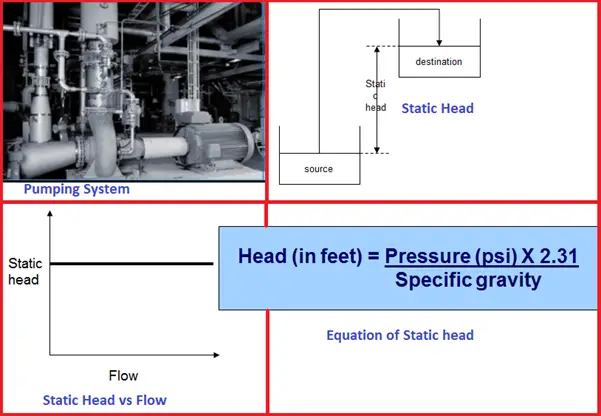
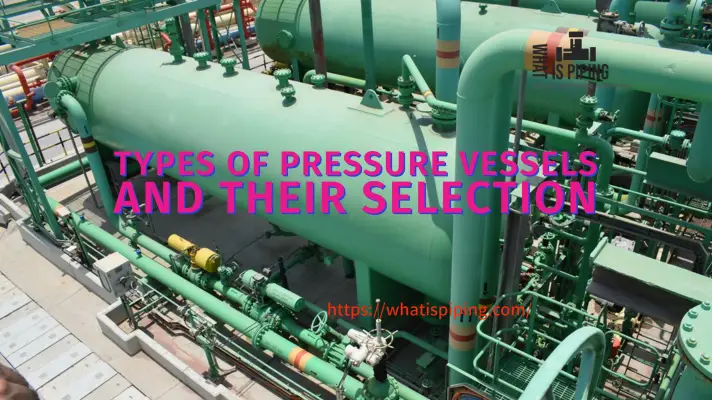
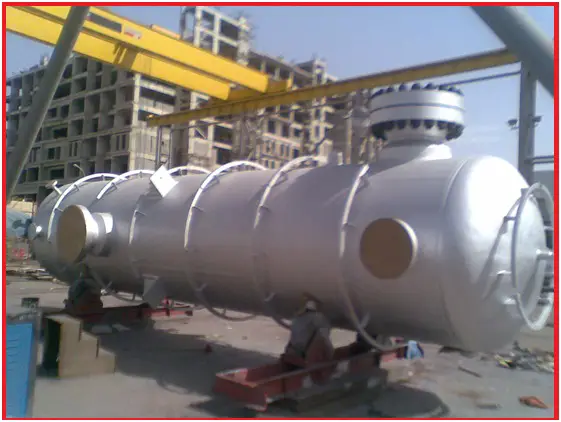
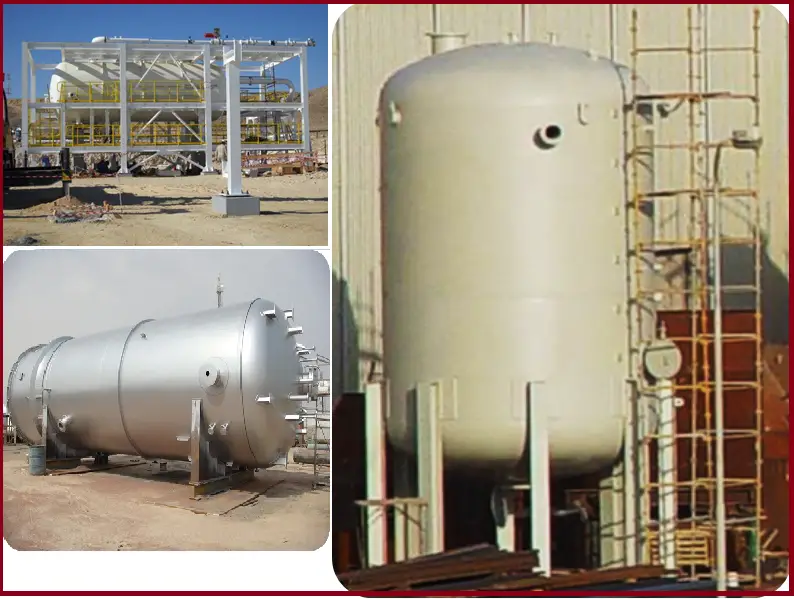
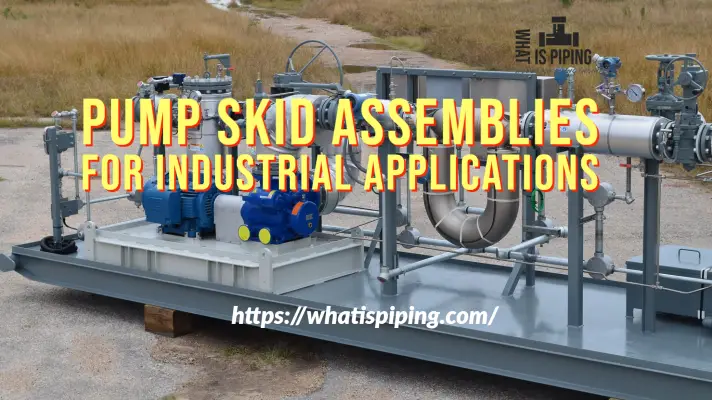
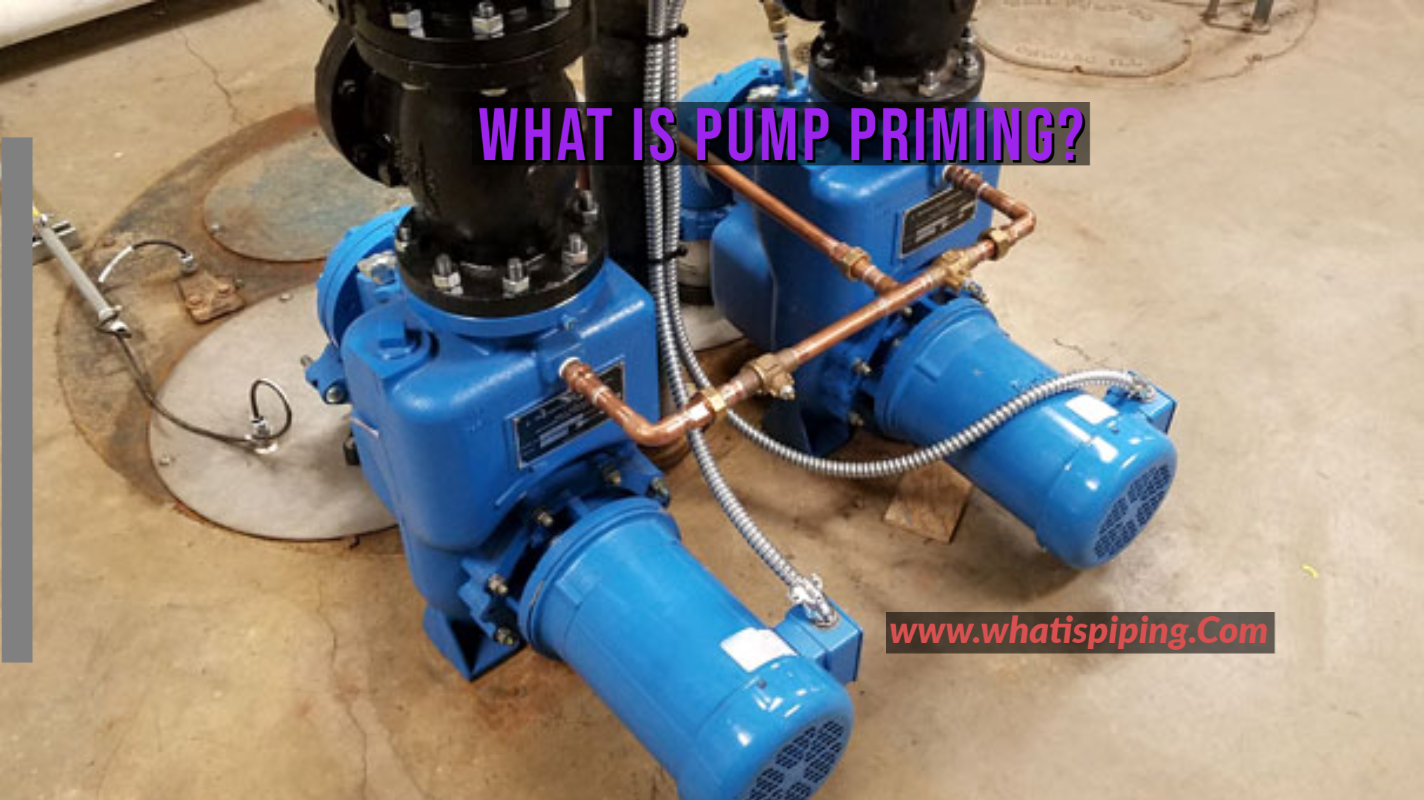
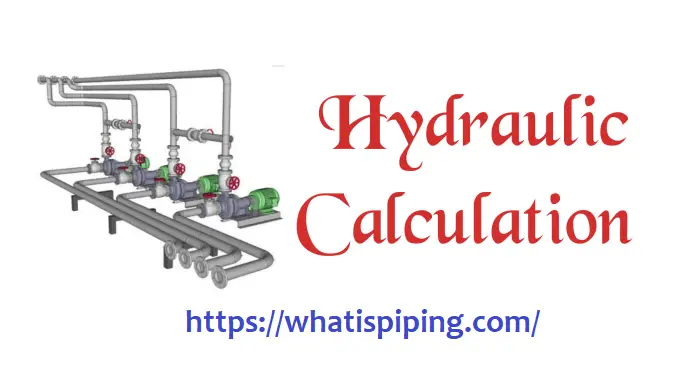

Very good article.
My query is that MAWP is greater than Design Pressure. Pl. explain if it prevails how equipment can sustain?
Please clarify your queries
Could you explain 301.2.1 (C) ASME b31.3
why 3.5 is the minimum design press used
Minimum design pressure for equipment connected to the flare should be at least 3.5 kg/cm2g since even the operating pressure is less and PSV set pressure should be as design pressure i,e 3.5, and during the relief, it should be able to discharge the content to flare system which will have back pressure normally in the range of (at least) 0.5 to 2 kg/cm2g. So for successful relief design is kept at 3.5 kg/cm2g.
Hello. I see the 350 kPa is found here and there in searches and in a relief header design spec I am reviewing. It makes sense for sure. I am wondering if you are aware of any industry standards (not client specific stds) that suggest using 350 kPag. The spec I am reviewing simply says, in defense of choosing 100 kPa as the maximum accumulation in the flare header at plant batter limits:
• Pressure vessel minimum design pressure is 350 kPa(ga).
• Capacity of balanced relief valves begins to drop off when the back pressure at the relief valve outlet exceeds approximately 40% of the set pressure (gauge). This translates into 0.40 x 350 = 140 kPa(ga).
• Resultant available pressure drop within the process unit is, therefore, 140 – 100 = 40 kPa.
I would just like to reference a standards organization (such as API, ASME, etc) specification as possible in my review record.
Very good article
What should be the design negative pressure for a buried non metallic water transmission line ? Can the transient negative pressures can be absorbed by providing vacuum breaker?